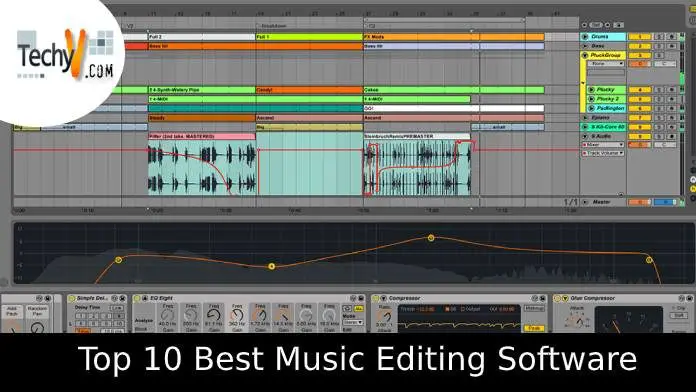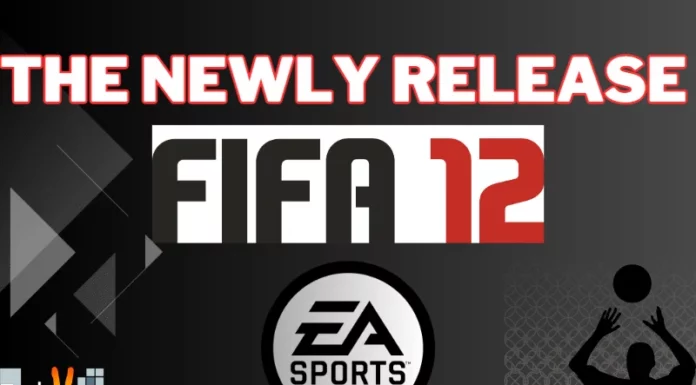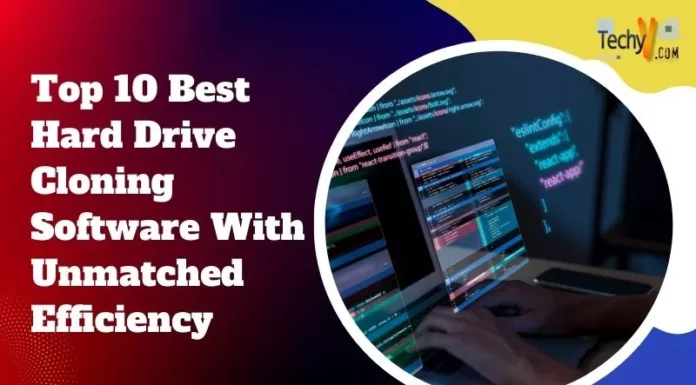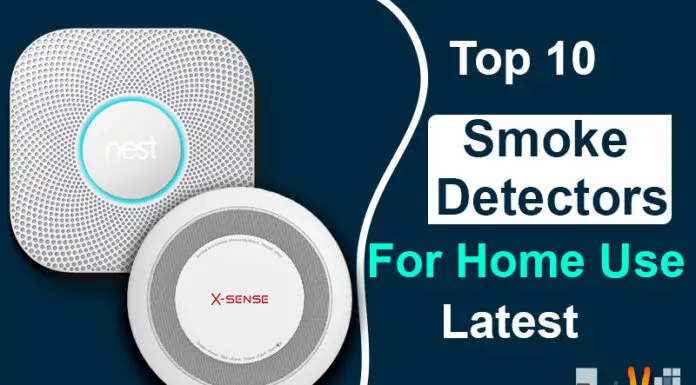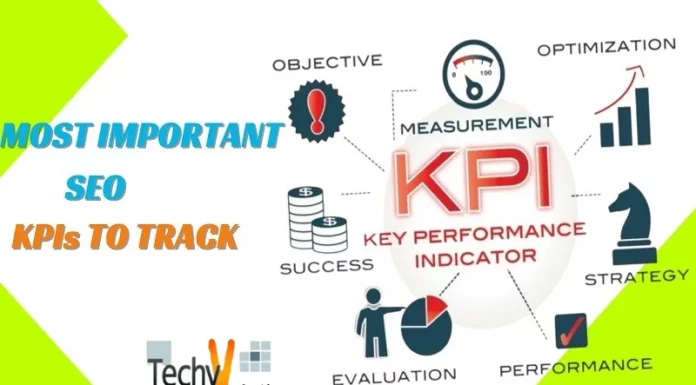Choosing the best DJ software can be a confusing business; it’s not only a basic situation of knowing what OS you’re running and the amount you’re looking to spend.
It merits considering what you need your software to do: do you need the capacity to play at least four tracks without a moment’s delay, or will two decks do the trick? Shouldn’t something be said about playing samples or loops?
To assist you with getting to the base of the confusing storm of options accessible, here are 10 of our most loved DJing applications.
1. Local Instruments Traktor Pro 2
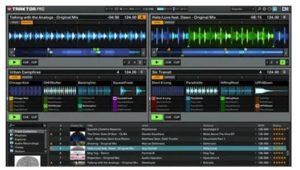
The top part of the digital DJ market is dominated by companies named, Native Instruments and Serato. Of the two brands’ applications, NI’s Traktor pretty much comes out on top thanks to its perpetually flexible performance features and its inside and out intuitiveness and unwavering quality.
Traktor comes in two structures: Traktor Pro, which can be controlled using a traditional mouse and keyboard or one of an unending list of hardware DJ controllers, and Traktor Scratch, that is designed to be used in conjunction with one of the Native Instruments’ digital vinyl setups.
2. Serato Scratch Live/DJ
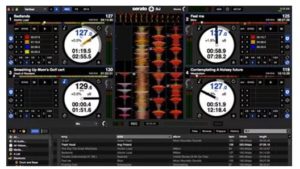
Serato was an early pioneer of the idea of digital vinyl DJing, and for a considerable length of time, the organization dominated the professional DJ software market. Scratch Live is probably still the most mainstream digital vinyl system out there, however, it’s just accessible when purchased in conjunction with an official Rane audio interface.
Serato DJ is the most recent version of the organization’s controller-orientated software, and it’s the main version of Serato that may be used with any MIDI controller. A free version, Serato DJ Intro, is additionally accessible.
3. Ableton Live
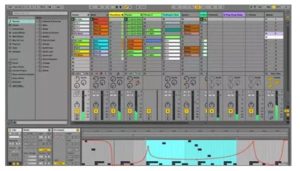
Ableton Live wasn’t designed as a DJ application; when the software previously propelled in 2001 it was pitched as a DAW (digital audio workstation) and marketed as a bit of music production software.
It quickly proved massively well known with DJs, be that as it may, on account of its exceptional Session View – a window committed to launching synchronized loops – and the intuitive way it handles the retiming of audio files.
For those after an application that blurs the line between DJing, live performance, and production, Ableton Live is unbeatable.
4. Picture Line Deckadance
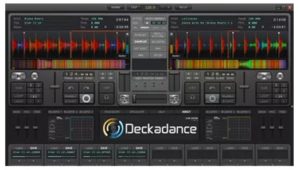
Deckadance originates from Image-Line, the developer behind religion production software FL Studio (or Fruity Loops, as it was known.)
Its two selling points are its open nature – meaning it supports a wide scope of DJ controllers and digital vinyl system – and the reality it can run as a VST within a host DAW. The drawback is that it just features two decks, instead of four like Traktor and Serato.
5. Magix Digital DJ 2
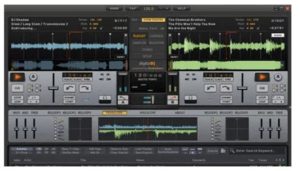
Digital DJ 2 is adequately a cut-down, entry-level version of Image-Line’s Deckadance. It’s moderately basic and light on advanced features, yet it certainly takes care of business.
Additionally, the features it packs are the entirety of the great; its auto beatmatching is excellent, the effects sound great, and it includes a neat little example player. It additionally supports a wide scope of hardware controllers, which is a major extra.
6. Local Instruments Traktor DJ for iPad
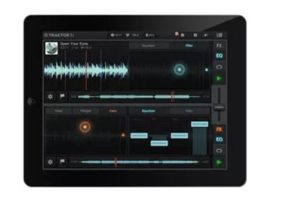
As of late propelled iOS app,Traktor DJ is very likely the best of the ever-growing list of DJ tools on the App Store. It’s a stripped-back version of its PC/Mac partner, offering two-channel mixing, effects and the best beat detection capabilities of any iPad app.
7. MixvibesCrossDJ
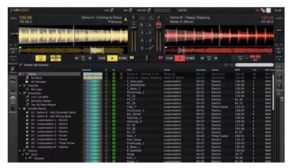
CrossDJ, from French developer Mixvibes, punches well over its entry-level value point; notwithstanding being less expensive than a portion of its nearest rivals, the software is surprisingly well equipped, reliable, and pleasantly designed.
It likewise has extraordinary compared to other beat mapping systems of any DJ app on the market. It does, notwithstanding, have a bunch of minor limitations, for example, featuring a limit of only two decks and having a genuinely weak assortment of effects.
8. algoriddimdjay for iPad
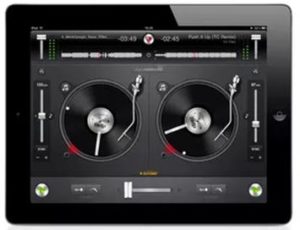
The music editing app was released as an entry-level Mac application, yet it’s in its iPad incarnation that algoriddim’s software truly shines. Even though nowadays Traktor DJ is probably the most adequately executed device on the App Store, it despite everything has a couple of stunts at its disposal.
Mostly it flaunts the capacity to associate with a variety of hardware DJ controllers for a progressively traditional mixing experience. The app requires iOS 4.3 or later.
9. AtomixVirtualDJ Pro 7
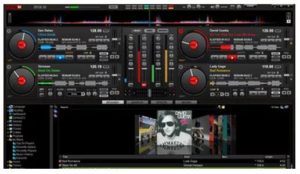
For a considerable period,VirtualDJ had terrible notoriety, which could be traced back, to some extent, to the way that its most punctual incarnations were generally naff, toy-like DJ applications. Late versions, nonetheless, have gotten noteworthy and have had the option to contend with the greater brands.
Prominently, version 7 can support up to 99 decks (not that anybody in their right mind would require such a significant number of) and can live-example incoming audio.
10. Pioneer Rekordbox
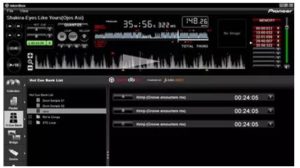
Pioneer’s free Rekordbox application doesn’t deal with any mixing, instead of the app – which Pioneer depicts as an “iTunes for DJs” – is an apparatus for prepping and managing audio files in front of DJ sets.
The software may be used to investigate tracks to discover their BPM, view waveforms, set cue points, and alter track information, which can all be perused by Pioneer’s CDJs – which are the industry standard in clubs far and wide.


